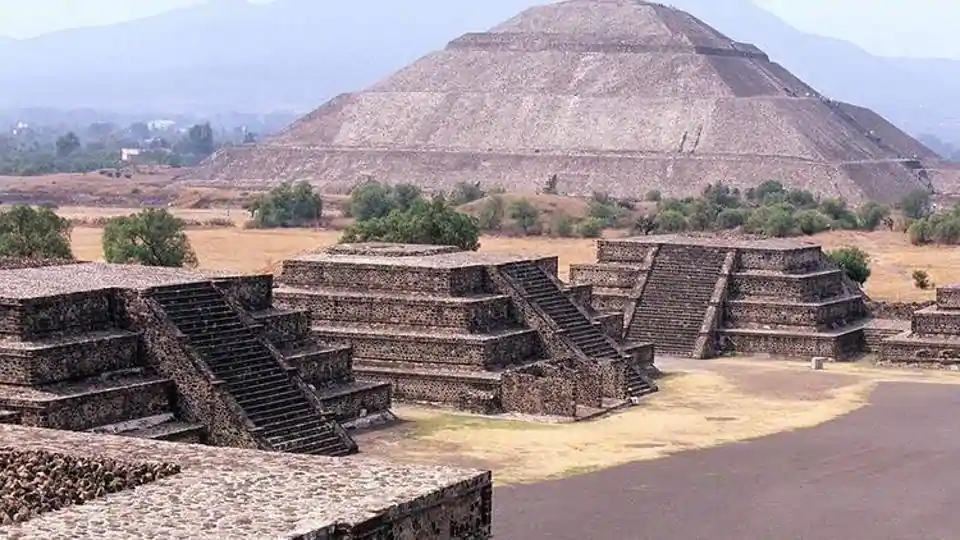Among the many mysteries surrounding the ancient Mexican metropolis of Teotihuacan, one has been especially hard to crack: how did its residents use the many signs and symbols found on its murals and ritual sculptures?
The city’s towering pyramids reopened to visitors earlier this month as pandemic restrictions eased. But perhaps its most interesting and extensively-excavated neighbourhood, featuring a patio floor with rare painted symbols, or glyphs, remains off-limits to tourists.
The discovery in the 1990s of the puzzling red glyphs, most laid out in neat columns, has led a growing number of scholars to question the long-held view that writing was absent from the city, which thrived from roughly 100 B.C. to 550 A.D.
Their ultimate ambition is to harness the steady drip of new finds to one day mimic the success their peers have had decoding ancient Maya or Egyptian…
